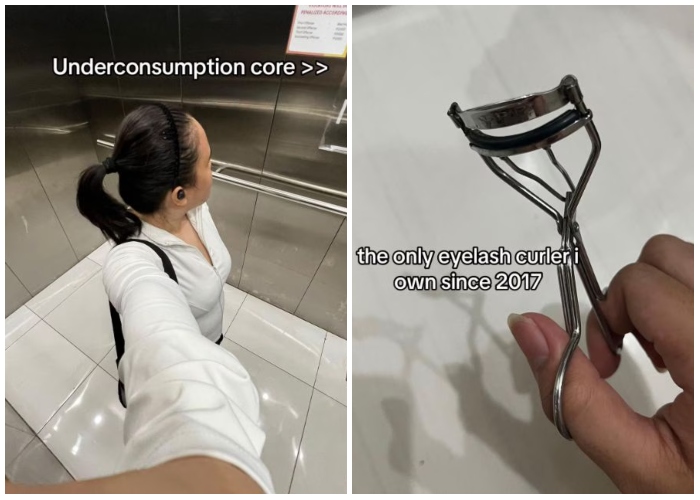First, there was cottagecore. Then it was normcore, balletcore, cluttercore—you name it. In 2025, “-core” culture has exploded into something new entirely: everythingcore. This meta-aesthetic celebrates maximal identity, online chaos, and personal contradictions—and it’s quickly becoming the defining vibe of a hyper-digital generation. Here’s what it is, where it came from, and why it matters now.
What exactly is Everythingcore?
At first glance, everythingcore feels like… well, everything. It’s the rise of people who like gothic fashion and pastel plushies. Or wear cowboy boots with anime pins. It’s for those who mix nostalgia with nihilism, post-ironic memes next to sincere journaling, and treat aesthetic labels like mood rings rather than fixed identities.
In essence, everythingcore is the rejection of fitting neatly into any one aesthetic lane. Instead of choosing between minimalist or maximalist, Y2K or coastal grandmother, you choose them all—or none—and remix them at will. It’s chaotic, sure. But it’s also freeing.
The trend embraces multiplicity and mess. Your digital self isn’t one thing—it’s a collage. And for a generation raised on TikTok trends and algorithm-fed content, that fragmented identity feels not only natural, but authentic.
How We Got Here
The seeds of everythingcore were planted in the past five years, as aesthetic-based subcultures multiplied rapidly online. From “clean girl” to “weird girl,” social media platforms—especially TikTok and Pinterest—encouraged people to present themselves through increasingly specific visual styles.
However, by 2024, fatigue had begun to set in. People were overwhelmed by the pressure to pick a niche and stick to it. What began as creative expression started to feel like another form of branding.
Enter everythingcore: a reaction to that exhaustion. Instead of curating a perfectly matched life, it’s about posting a thrifted sci-fi tee next to your favorite latte art and not explaining yourself. It’s fluid, experimental, and ever-changing. In a way, it’s less about aesthetics and more about digital self-permission.
Everythingcore and the Algorithm
Everythingcore isn’t just a vibe—it’s also a smart digital survival strategy. In 2025, the algorithm rewards versatility. Content that blends humor, fashion, nostalgia, and opinion tends to perform better than hyper-narrow content. Creators who tap into everythingcore often appear more human, less curated, and more relatable—exactly what audiences crave right now.

This trend reflects a deeper shift in internet culture: authenticity is replacing perfection. People no longer want to follow influencers who look like magazine spreads. They want creators who overshare, contradict themselves, and laugh at their feeds.
Everythingcore gives space for that kind of rawness. It says: You can post your anxiety thoughts, your gym selfies, and your frog meme collection—all in one place. That’s not confusing; that’s just real life.
Identity, Freedom, and a Little Bit of Chaos
At its heart, everythingcore is about liberation. It allows people to be loud and quiet, feminine and punk, anxious and thriving—sometimes all on the same day. It removes the need to “match” yourself to your digital presence. There’s no brand voice. No theme. No filter.
For Gen Z and Gen Alpha, who have grown up with relentless exposure to curated perfection, Everythingcore offers a reprieve. It’s the first big trend that isn’t a trend. It doesn’t demand transformation. It simply gives you room to exist—and experiment.
That’s also why it resonates across cultural and gender lines. It’s not just a style—it’s an aesthetic of being.
In a world of digital overstimulation, everythingcore is a paradoxical kind of clarity: embracing the mess as the message. It’s less about making sense and more about making space. And in 2025, when everyone’s trying to be something, there’s something powerful about just being everything.